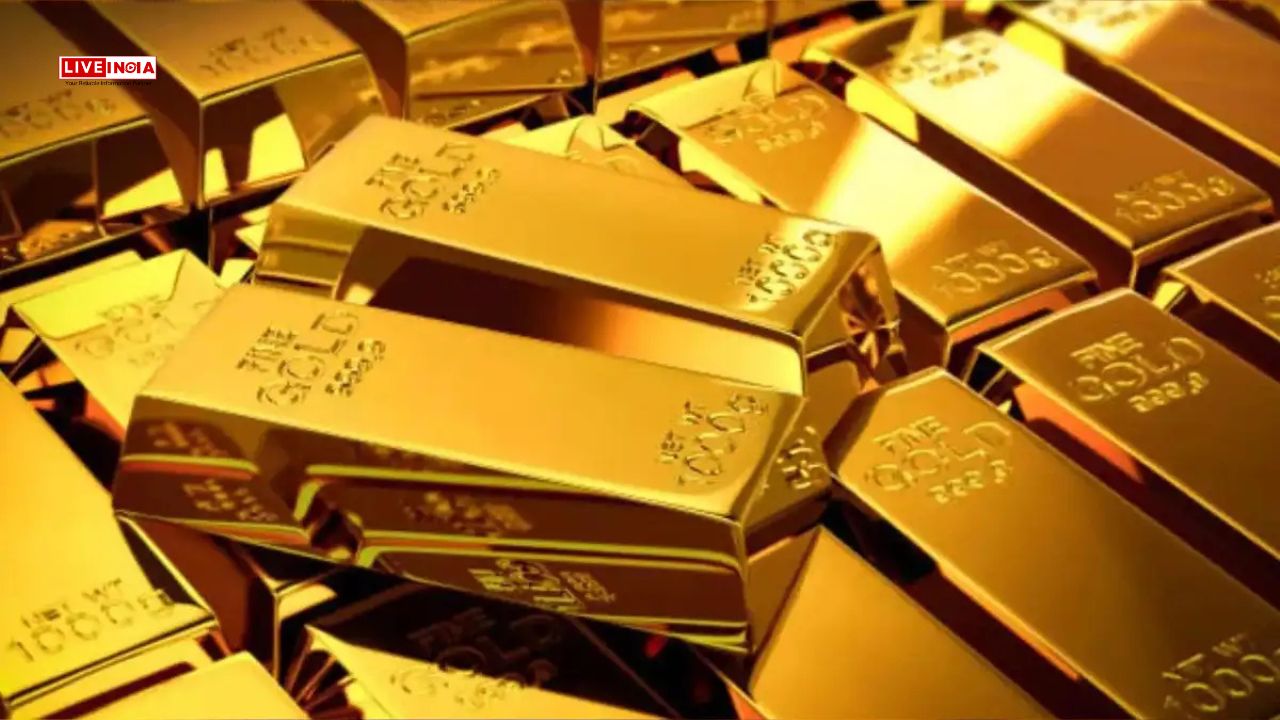May 12, 2025, New Delhi: In a notable shift in market dynamics, gold prices have experienced a decline amid a positive turn in U.S.-China trade negotiations. This development has calmed investor nerves, leading to reduced demand for traditional safe-haven assets like gold. As both nations signal progress and the potential for a new economic dialogue, the bullion market has reacted accordingly, losing some of its recent gains that were driven by global uncertainties.
Key Highlights
As of early Monday, spot gold dropped by 1.1% to $3,286.86 per ounce, while U.S. gold futures fell by 1.6% to $3,291.60 per ounce. This decline follows the conclusion of trade talks in Geneva, where the U.S. and China agreed to reduce the trade deficit and initiate a new economic forum.
Chinese Vice Premier He Lifeng confirmed that a joint statement would be released, promising “good news for the world.” Additionally, Vice Commerce Minister Li Chenggang expressed optimism about the outcomes of these discussions.
The Federal Reserve, which held interest rates steady last week, has raised concerns about inflation and the job market. Fed officials have indicated that more time is needed to assess the economic impact of President Trump’s tariff policy, adding another layer of complexity to the market.
The Role of Gold in Times of Uncertainty
Gold has long been viewed as a hedge against global uncertainty, typically benefiting from low interest rates and market fear. However, with the recent easing of tensions between the U.S. and China, both of which have historically influenced market sentiment, the demand for gold has slightly receded.
Despite ongoing geopolitical risks, particularly the unresolved situation between India and Pakistan, the bullish cues from the trade talks have redirected market sentiment towards riskier assets. The strengthening U.S. dollar and a stabilizing economic outlook are further contributing to the downward pressure on gold prices.
Market Context
While geopolitical tensions remain a concern, the stronger-than-expected diplomatic tone between Washington and Beijing has shifted investor focus. The recent developments have encouraged a more optimistic view of the global economy, leading to a preference for riskier investments over traditional safe havens like gold.
Other precious metals have also seen varied movements in response to these market shifts. Silver eased by 0.1% to $32.65, while platinum rose by 0.4% to $998.65, and palladium firmed by 0.5% to $980.41. These fluctuations reflect the broader market sentiment and the ongoing adjustments in response to geopolitical and economic developments.
Conclusion
As the world watches the evolving relationship between the U.S. and China, the implications for global markets, particularly in the precious metals sector, are significant. The recent easing of tensions and the potential for economic cooperation have led to a decline in gold prices, even as geopolitical uncertainties linger. Investors will need to remain vigilant, as the interplay between diplomacy and market dynamics continues to shape the landscape of global finance.
For more insights on market trends and economic developments, stay tuned to our updates.
Tags:
Gold prices today, US-China trade talks, safe haven assets, Fed interest rate, Indian military, gold forecast, global markets, spot gold, bullion update.




